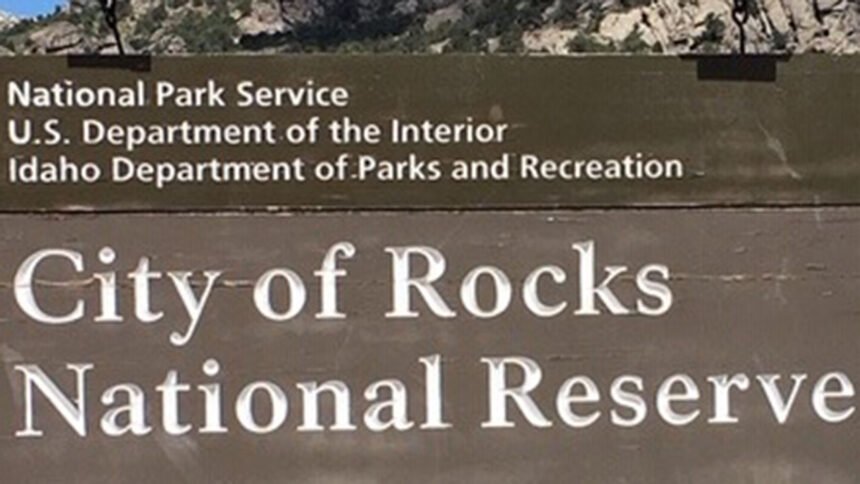Die-off of pinyon pines spurs concern at Idaho state park

ALMO, Idaho (AP) - The steward of the City of Rocks National Reserve in southern Idaho says more and more of the few pinyon pines that live in the reserve are dying, spurring investigations to try to find out why.
Wallace Keck, the superintendent of the City of Rocks National Reserve and Castle Rocks State Park, says he's seeing groups of the green pinyon pines turning orange, then brown before losing their needles.
"We're starting to see patches of kill zones," Keck told The Times-News. "This is happening before our very eyes."
The state park near Almo marks the northernmost extreme of the single-leaf pinyon pine's range. They're more common in the south, found in Nevada, Utah, New Mexico, California and Arizona. A handful of wildlife species, including pinyon jays and pinyon mice, rely on the trees.
"If the pinyon goes, those species will decline as well," Keck said. "So many things nest in the pinyon, eat the pine nuts."
Pinyons are culturally significant as well for several Native American tribes in the region, including the Shoshone-Bannock Tribes. The tree produces nutrient-rich nuts which served as a valuable food resource before early settlers forced the tribes from their ancestral lands, said Carolyn Boyer Smith, coordinator for the cultural resources department for the Shoshone-Bannock Tribes.
"Some of our people remember going to those lands and gathering (pine nuts)," Smith said. "Some of our people remember how to do that, and some are learning how to do it again."
Losing the pinyon pine would mean losing a valuable subsistence resource, Smith said.
"We're very concerned of what's going to happen," she said. "We don't want them to die."
U.S. Forest Service plant pathologists Angel Saavedra and Maria Newcomb recently performed post-mortem examinations on a handful of the dead pinions at the state park, hoping to find the cause.
The answer appears relatively clear: The fungus Leptographium wageneri is getting into the trees' roots and causing black stain root disease, weakening and killing trees. In many cases, Ips beetles are then coming in and finishing off the embattled tree, burrowing beneath the bark. The beetles are more an indicator of the tree dying, while the black stain is the primary killer. Younger trees appear more likely to die.
Both the fungus and the beetles are native to the area. Keck believes changing climate conditions have made the region wetter than surrounding areas, making the trees more susceptible to the one-two punch of fungus and beetle.
"We're a microclimate here," Keck said, noting that, while the surrounding areas have been dry, few droughts have hit the City of Rocks and Castle Rocks. "We've had massive floods in the last 15 years."
Saavedra doesn't know whether the pinyon death at the City of Rocks and Castle of Rocks is normal or happening faster than usual, or whether climate change is to blame. A long-term study would be needed to make those determinations.
Keck would like the reserve and state park to begin collecting more data, comparing stands of healthy trees to unhealthy ones.
"It's alarming to look out and see large patches of dead trees," he said. "These things are barometers for the bigger picture - the bigger health of the planet, the health of Idaho."
